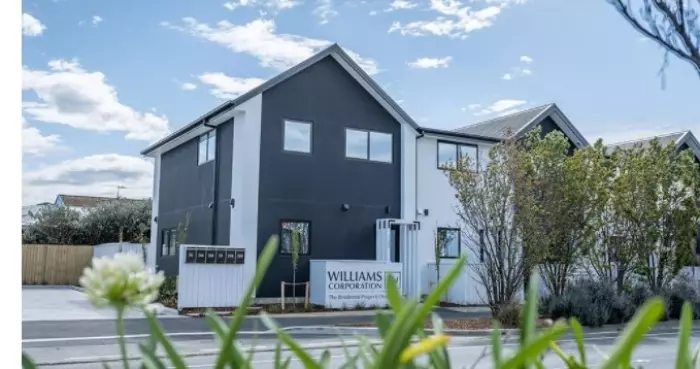Auckland continues to lead the surge in housing, its prices jumping 18.1 percent in calendar 2020.
The Real Estate Institute of New Zealand's house price index, which measures the changing value of properties and is an effective barometer of house price inflation, showed a nationwide increase of 17.3 percent across all regions, the highest annual percentage increase since September 2015.
Excluding Auckland, the index rose 16.6 percent from December 2019 to December 2020.
The Gisborne/Hawke's Bay region offered the highest overall annual growth rate in house price values with index levels jumping 24.8 percent, while Wellington came in at 20.5 percent higher than in December 2019.
The number of properties sold in Auckland jumped by two-thirds to 3,219 deals, from 1,939 in Dec. 2019, the highest for any December.
That underwrote a 36.6 percent increase in the overall national number of sales for the month, year-on-year, from 6,543 to 8,935. - again creating record-breaking numbers.
That saw the median house price in the country's largest city increase by 17.4 percent, from $886,000 at Dec. 2019 to $1,040,000 - a record for Auckland - and helped push NZ's median prices up by almost a fifth, from $628,000 to $749,000 by last month, according to the REINZ data.
Not enough choice
Institute chief executive Bindi Norwell, said the overheated market conditions reflected a lack of available inventory, which had fallen by about half over the past two years.
"There just isn't enough choice for people looking to purchase, which has meant that there is significant pressure being placed on house prices in most parts of the country.
"When you add into the equation the fact that there are record low interest rates, it means people are more willing to compete to secure the property they want."
Norwell said that had seen the quickest pace of of sales in 17 years, with the median number of days to sell a house now at 27 days, the lowest level since Dec. 2003.
She expects the housing market to continue its march into the early part of this year on the strength of high market confidence and in advance of anticipated price rises and the re-introduction of loan-to-value ratio controls.
"However, if we don't see more stock come to the market, we may start to see this impact sales volumes going forward."














